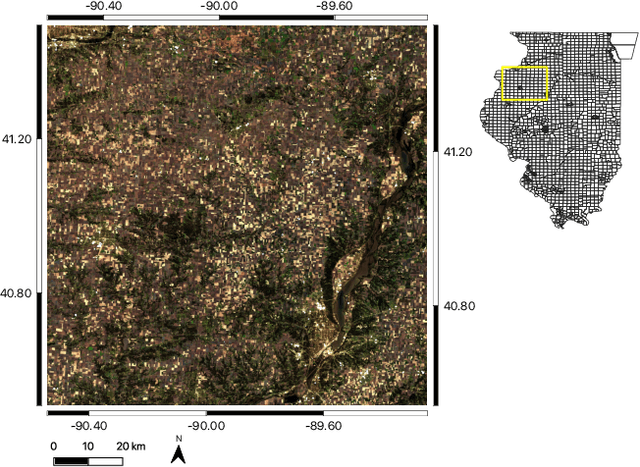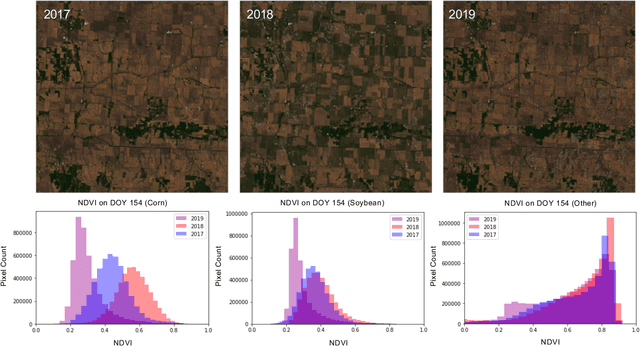Patrick Gray
From Note-Level to Chord-Level Neural Network Models for Voice Separation in Symbolic Music
Nov 05, 2020



Abstract:Music is often experienced as a progression of concurrent streams of notes, or voices. The degree to which this happens depends on the position along a voice-leading continuum, ranging from monophonic, to homophonic, to polyphonic, which complicates the design of automatic voice separation models. We address this continuum by defining voice separation as the task of decomposing music into streams that exhibit both a high degree of external perceptual separation from the other streams and a high degree of internal perceptual consistency. The proposed voice separation task allows for a voice to diverge to multiple voices and also for multiple voices to converge to the same voice. Equipped with this flexible task definition, we manually annotated a corpus of popular music and used it to train neural networks that assign notes to voices either separately for each note in a chord (note-level), or jointly to all notes in a chord (chord-level). The trained neural models greedily assign notes to voices in a left to right traversal of the input chord sequence, using a diverse set of perceptually informed input features. When evaluated on the extraction of consecutive within voice note pairs, both models surpass a strong baseline based on an iterative application of an envelope extraction function, with the chord-level model consistently edging out the note-level model. The two models are also shown to outperform previous approaches on separating the voices in Bach music.
Resilient In-Season Crop Type Classification in Multispectral Satellite Observations using Growth Stage Normalization
Sep 21, 2020



Abstract:Crop type classification using satellite observations is an important tool for providing insights about planted area and enabling estimates of crop condition and yield, especially within the growing season when uncertainties around these quantities are highest. As the climate changes and extreme weather events become more frequent, these methods must be resilient to changes in domain shifts that may occur, for example, due to shifts in planting timelines. In this work, we present an approach for within-season crop type classification using moderate spatial resolution (30 m) satellite data that addresses domain shift related to planting timelines by normalizing inputs by crop growth stage. We use a neural network leveraging both convolutional and recurrent layers to predict if a pixel contains corn, soybeans, or another crop or land cover type. We evaluated this method for the 2019 growing season in the midwestern US, during which planting was delayed by as much as 1-2 months due to extreme weather that caused record flooding. We show that our approach using growth stage-normalized time series outperforms fixed-date time series, and achieves overall classification accuracy of 85.4% prior to harvest (September-November) and 82.8% by mid-season (July-September).
 Add to Chrome
Add to Chrome Add to Firefox
Add to Firefox Add to Edge
Add to Edge